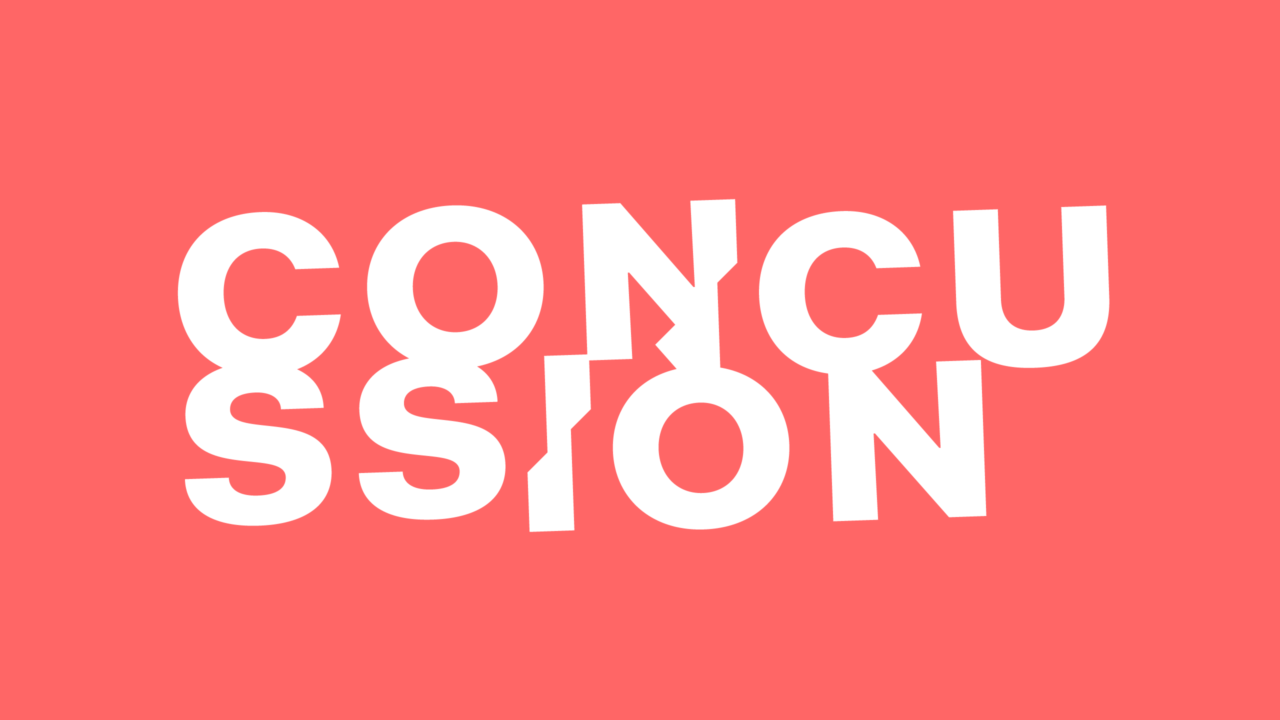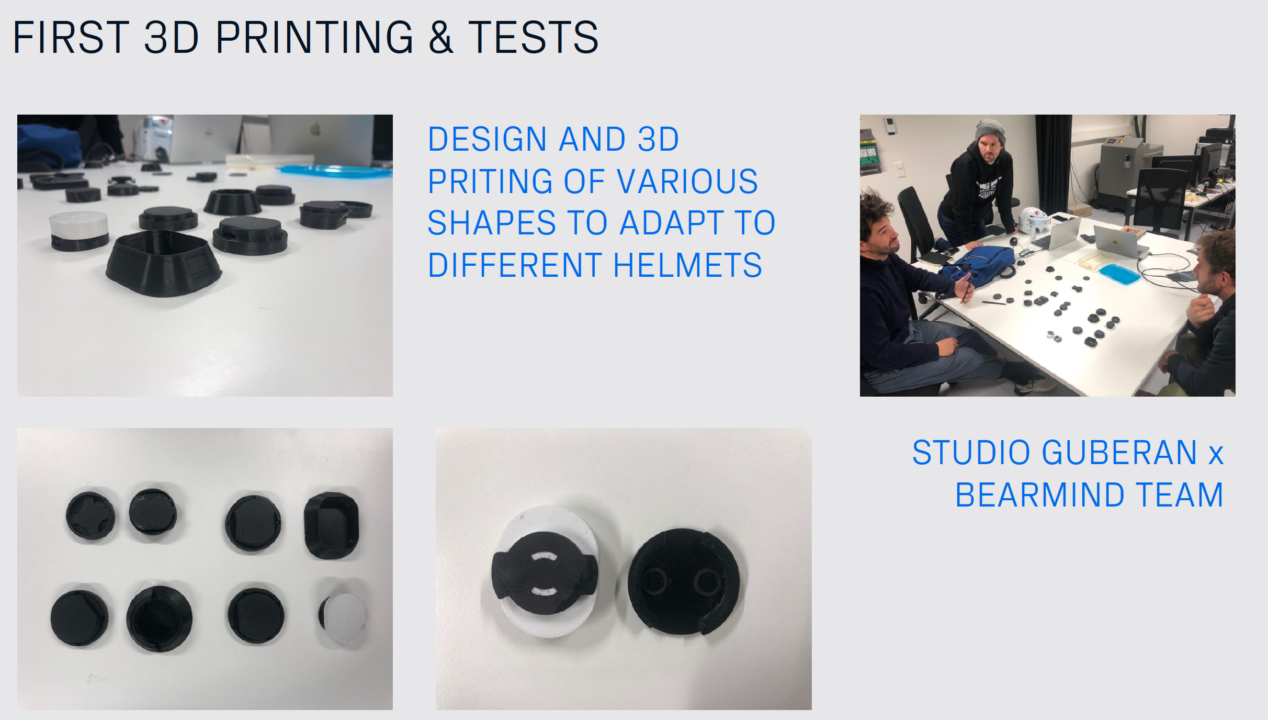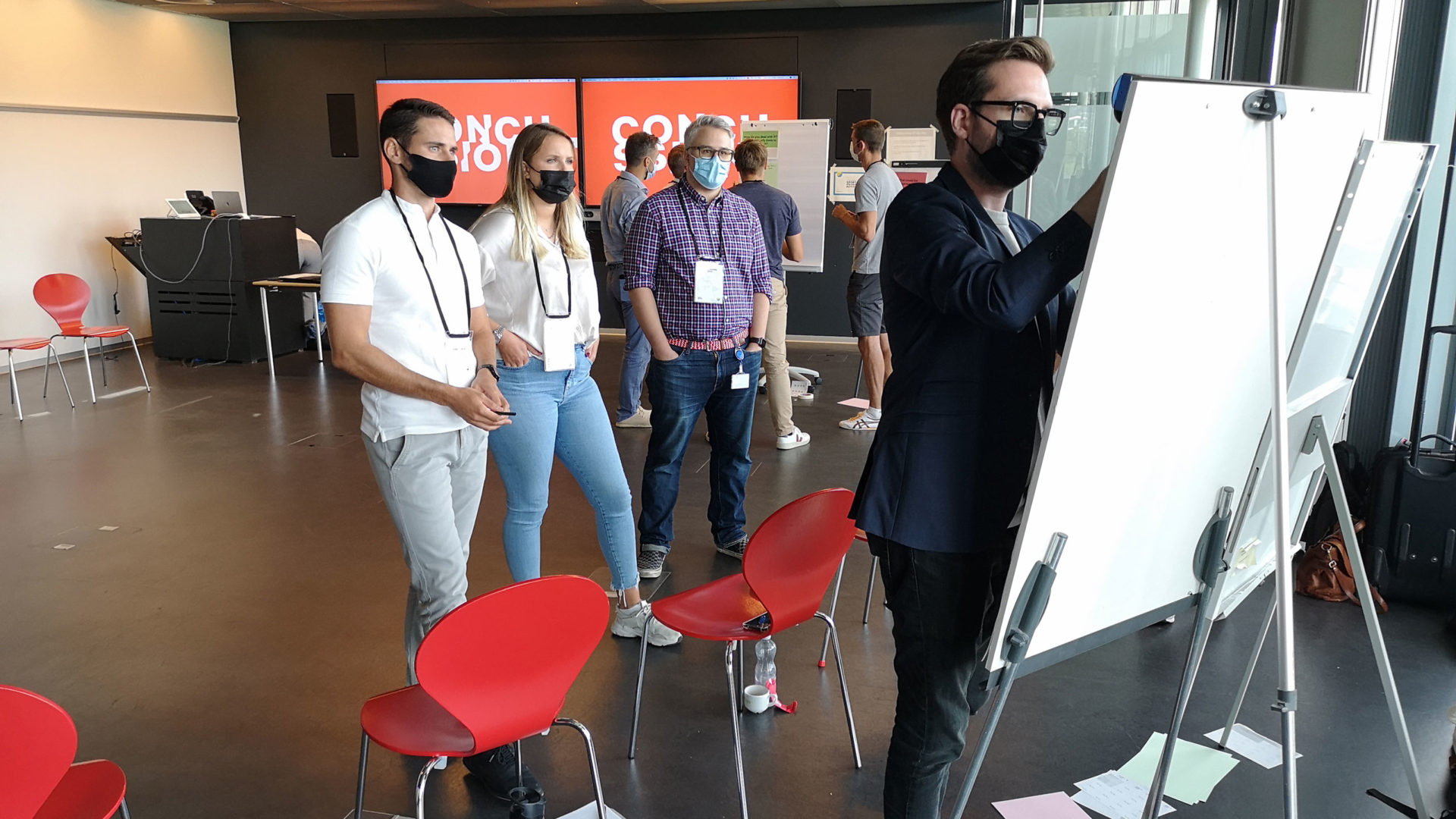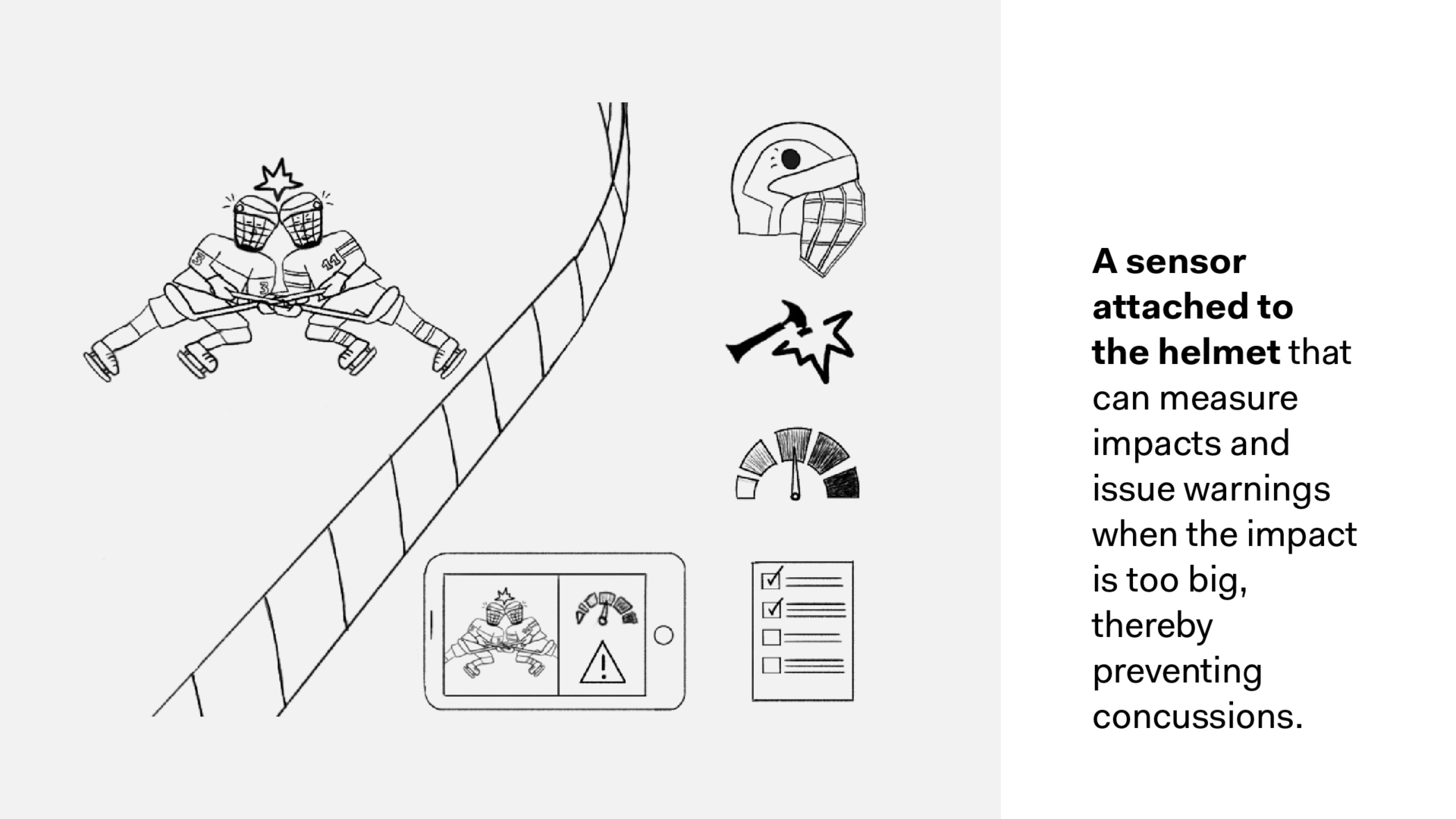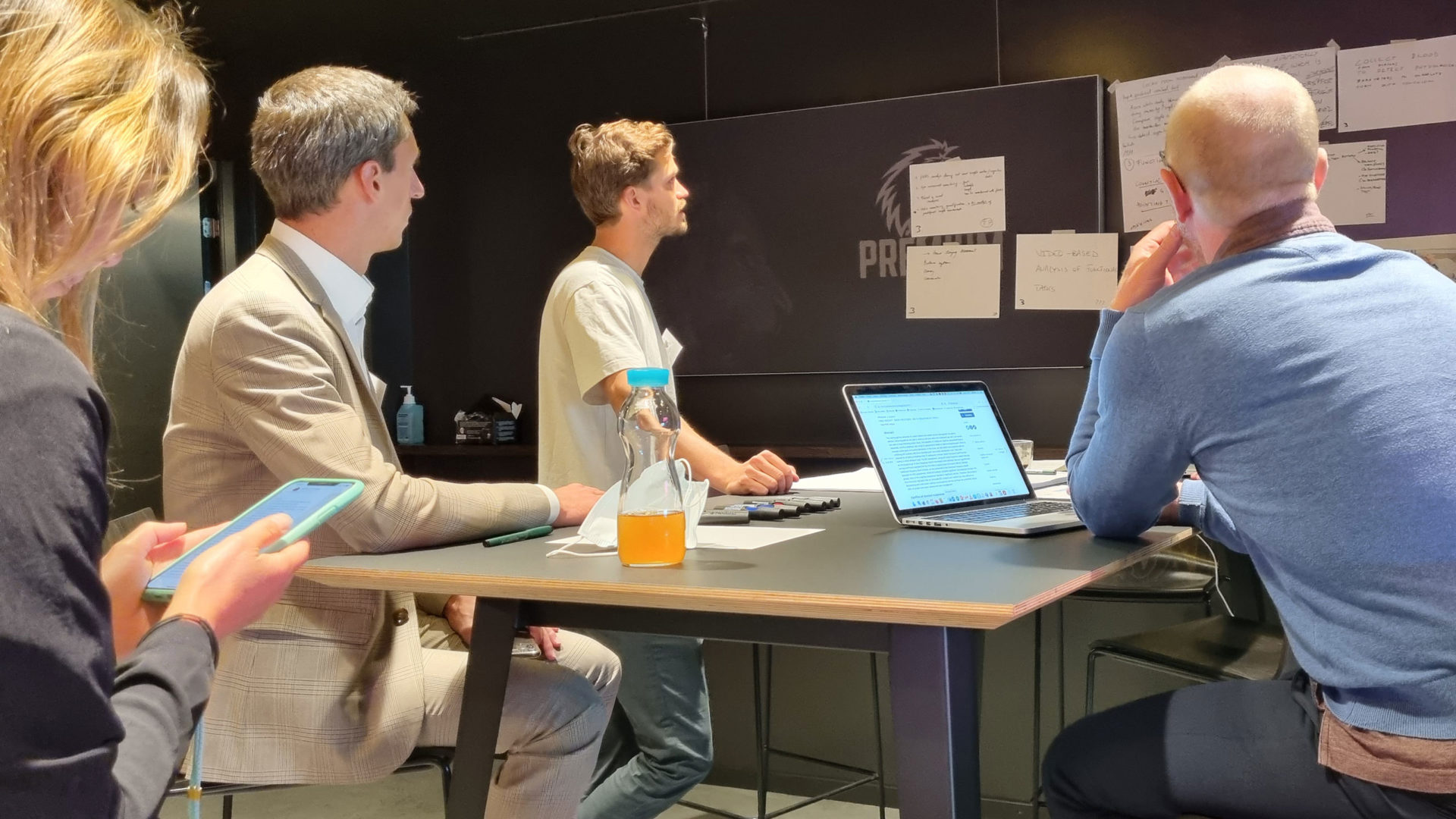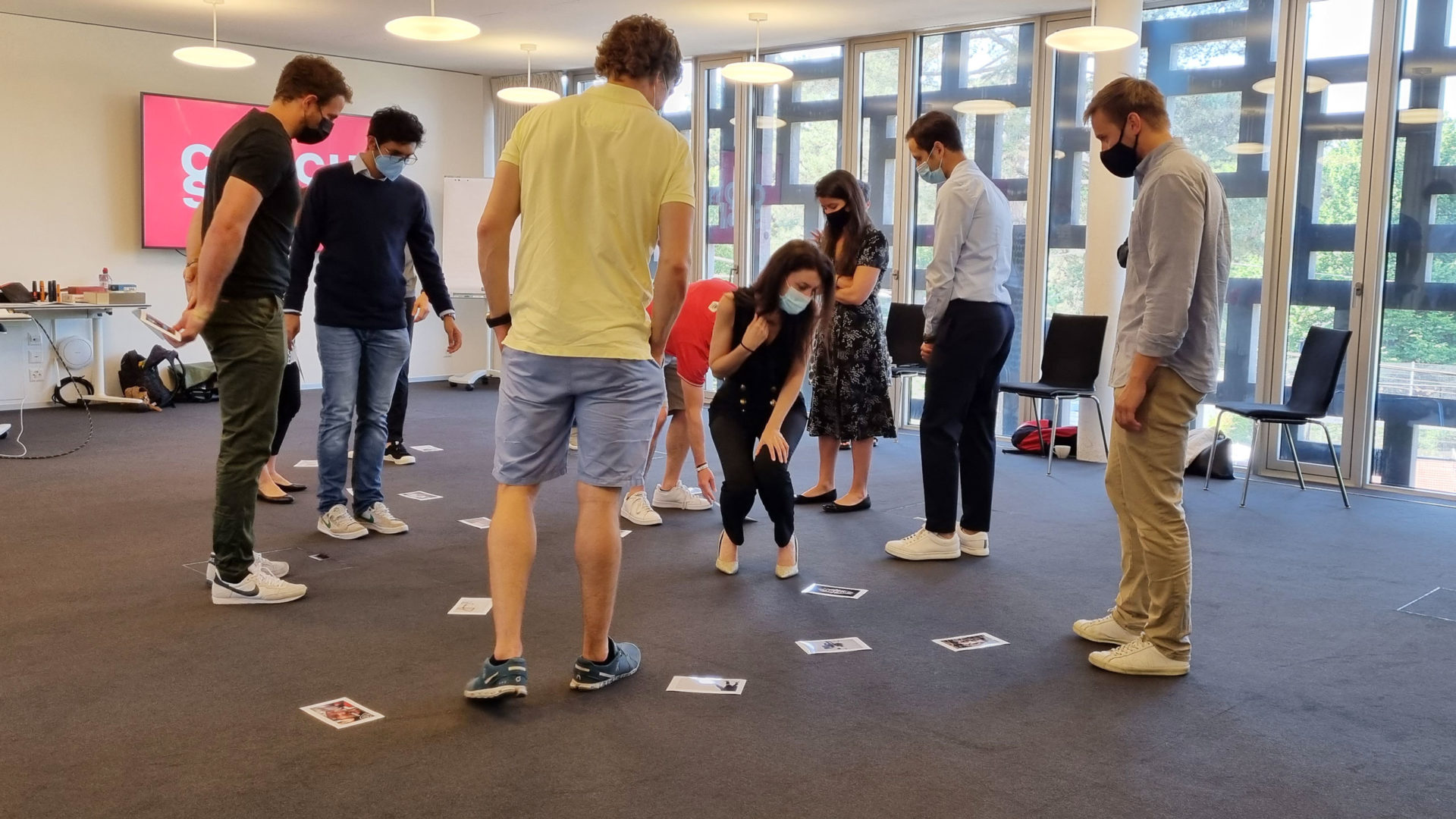Context
SRC (sport-related concussion), a major problem in contact sports, is described as a craniocerebral trauma. The highest incidence occurs in football, hockey, rugby, soccer and basketball, for both the elite and amateur athlete, adult or child.
The most common symptoms are headache (94.7%), dizziness (74.8%) and difficulty concentrating (68%). The natural course of CRS is unknown at this time, there is also little epidemiological data regarding return to sport and long-term sequelae. In addition, as many as 50% of the concussions may go unreported. Indeed, symptoms and signs of concussion may be difficult to detect and may not be noticed for days or months after the injury.
This lack of solution to correctly diagnose SRC is a real danger for the athlete who takes the risk of aggravating his condition by continuing to practice sport instead of resting.

